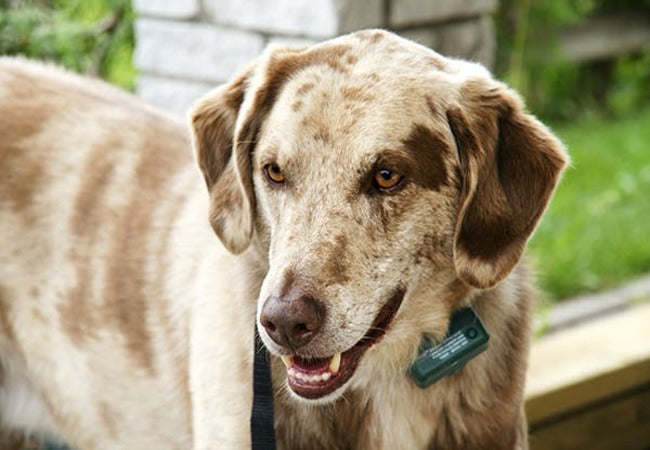Canine Atlantoaxial Instability 2025: Vet-Approved Signs & Care Options 🐕⚕️

In this article
🦴🧠 Atlantoaxial Instability in Dogs: Causes, Symptoms & Treatments (2025 Guide) 🐶💊
By Dr Duncan Houston BVSc
As a veterinarian, I often encounter dogs, especially small breeds, presenting with neck pain and coordination issues. One potential cause is atlantoaxial instability (AAI), a condition affecting the first two cervical vertebrae. This guide aims to educate pet owners on AAI's causes, symptoms, and treatment options to ensure the well-being of their furry companions.
🧠 What Is Atlantoaxial Instability in Dogs?
Atlantoaxial instability refers to excessive movement between the first cervical vertebra (atlas) and the second (axis). This instability can lead to spinal cord compression, resulting in neurological deficits. AAI is more prevalent in young, small-breed dogs but can occur in any breed due to congenital defects or trauma.
🔍 Causes of Atlantoaxial Instability
Common causes include:
- Congenital abnormalities: Malformation or absence of the dens (a bony projection on the axis) or defective ligaments.
- Trauma: Injuries from falls, rough play, or accidents causing ligament rupture or fractures.
Breeds commonly affected include:
- 🐾 Yorkshire Terriers
- 🐾 Chihuahuas
- 🐾 Toy Poodles
- 🐾 Pomeranians
- 🐾 Pekingese
⚠️ Symptoms of Atlantoaxial Instability
Signs can vary based on severity but often include:
- 🦴 Neck pain or stiffness
- 🐕 Low head carriage
- 🚶 Uncoordinated gait or ataxia
- 🛌 Weakness or paralysis in limbs
- 😟 Reluctance to move or eat
- 😴 Lethargy
- 😮 Difficulty breathing (in severe cases)
Symptoms may appear suddenly or progress over time, especially after minor trauma.
🩺 Diagnosing Atlantoaxial Instability
Diagnosis involves:
- Physical and neurological exams: Assessing reflexes, coordination, and pain response.
- Imaging: X-rays, CT scans, or MRIs to visualize vertebral alignment and spinal cord compression.
Advanced imaging provides detailed information, aiding in treatment planning.
💊 Treatment Options
Treatment depends on severity:
Conservative Management:
- 🛏️ Strict crate rest for several weeks
- 🩹 Use of a neck brace to stabilize the area
- 💊 Medications: Pain relievers, anti-inflammatories, or corticosteroids
This approach suits mild cases or dogs not ideal for surgery.
Surgical Intervention:
- 🔧 Stabilization of the atlantoaxial joint using pins, screws, or bone cement
- 🏥 Post-operative care includes restricted activity and physical therapy
Surgery offers the best chance for long-term improvement, especially in severe cases.
🛡️ Preventing Atlantoaxial Instability
While congenital forms can't be prevented, you can reduce risk by:
- 🧸 Handling small dogs gently, avoiding rough play
- 🪜 Providing ramps or steps to prevent jumping from heights
- 🩺 Regular veterinary check-ups to monitor for early signs
📱 Support and Resources
If your dog shows signs of AAI, consult your veterinarian promptly. For additional support:
- Ask A Vet: Access professional veterinary advice through the Ask A Vet platform.
- Download the Ask A Vet App: For quick access to veterinary support, download the Ask A Vet app.
Early diagnosis and appropriate treatment can significantly improve your dog's quality of life.
🐾 For more expert advice and pet care tips, visit AskAVet.com.






